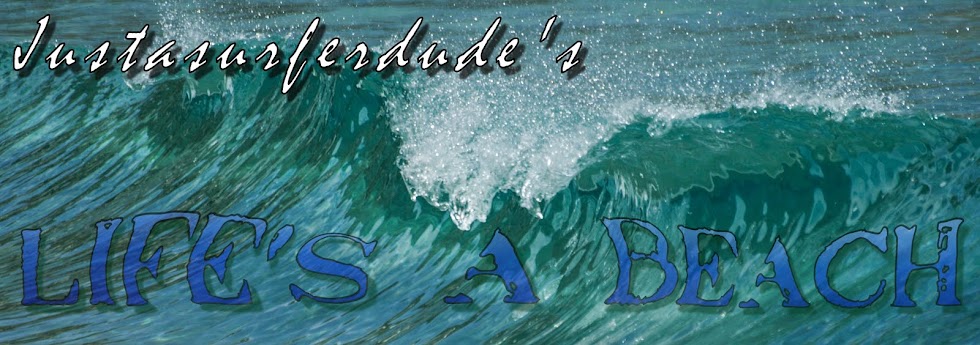There are many ways to get from Luanda to Soyo. You can go by land, sea or air if you wish. If you have any options you go by air, and preferably with a chartered company. The national carrier has a reputation for crashing their Boeing 737’s when overshooting the runways. And the runway in Soyo is not the longest either.


I doubt whether people ever go to Soyo for pleasure, unless you are living there and are coming back from business somewhere else. But most of the people going there are usually involved in the oil industry, so tourism didn’t put Soyo on the map, oil did. The town itself is very small, and the Kwanda base where most of the oil companies have their offices and activities is probably in people per square meter larger than the town. Like most small towns in Africa, people are either surviving on whatever nature has to provide, or in Soyo’s case, working in the oil industry. Walking alone at night is not encouraged, although Soyo has some good nightlife. One of my local friends told me that racism is rife and it is not wise for “light coloured skins” to roam the streets. And leave the local women alone, their “men” do not hesitate to take you out of town and leave you somewhere along a deserted road....dead or alive. But this I guess happens in many towns around the world, so it will not be fair to paint such a gloomy picture of Soyo without mentioning the good as well. It is somewhat remote, and with the marshy surroundings and tropical climate it is quite a beautiful setting to work and live in. Seafood is available in abundance and although the service at local restaurants is probably the slowest and poorest I’ve ever experienced, if you order well in advance (like phone before 1 pm to make your order for 8pm) then you can still have a delicious meal to be served as soon as you arrive at the restaurant. Most restaurants do not have menus, you either order something meaty or fishy, and whatever comes with that is what you get as a side dish. But the food is good and you will never go hungry in Soyo.


Traveling with a chartered company to Soyo makes it very easy indeed. Check-in takes two minutes, the plane usually leaves more or less at the scheduled time and your fellow passengers don’t open left-overs from last night leaving the whole plane smelling like a fish and chips joint. When you land at
Aerodromo do Soyo you might think that everyone has left town, but be aware, somewhere lurking behind a wooden desk are immigration officials waiting to check if your “papers” are in order. One thing I could never understand, like in so many African countries, is why you have to produce your passport when you arrive on a domestic flight, and why they check your baggage? But here you will have to show your passport, they will write your name down on a piece of paper and they will go through your baggage. Why they do that no-one could ever tell me, but don’t question them either, just hand over your passport and shut up. Today we were lucky, baggage was not checked and we were through the one-room arrival “hall” (with two officials) in a matter of minutes. If the plane arrives around lunch hour, you will not find immigration officials so nothing is checked. And if the plane lands after they have left for the day, even when it arrives from a neigbouring country, then your passport will not be stamped at all. This obviously opens up a gap for corruption, because if you want to leave Angola the next day, you have to find an official who will put an entry stamp in at a cost of course. And be careful, today we were approached by a man in a nice outfit offering to carry our bags wanting to make us believe that he was sent from the company we work for. We did not accept his offer, we have experience of opportunists right across Africa.

Another thing I have learned in Africa is to be very careful when and where you take pictures, so I took all my snaps from inside the aircraft. Especially when taking pictures of what is considered national buildings. This could be anything from the Presidential Palace to a dilapidated shack next to a deserted road, depending on the local policeman’s interpretation of “national building”. If a policeman appears from nowhere, be sure that your camera will be confiscated and that you will have to pay a fine on the spot. And don’t think you can expense that; you will never be issued with a receipt.
I hope my short stay in Soyo will not only be for business, but that I will get an opportunity to experience more of this beautiful town in the middle of nowhere somewhere on the northern border of Angola. But at the moment I am stuck at the gate outside the Kwanda base waiting on my colleague’s gate pass that was not arranged as per request about a week ago…

No comments:
Post a Comment